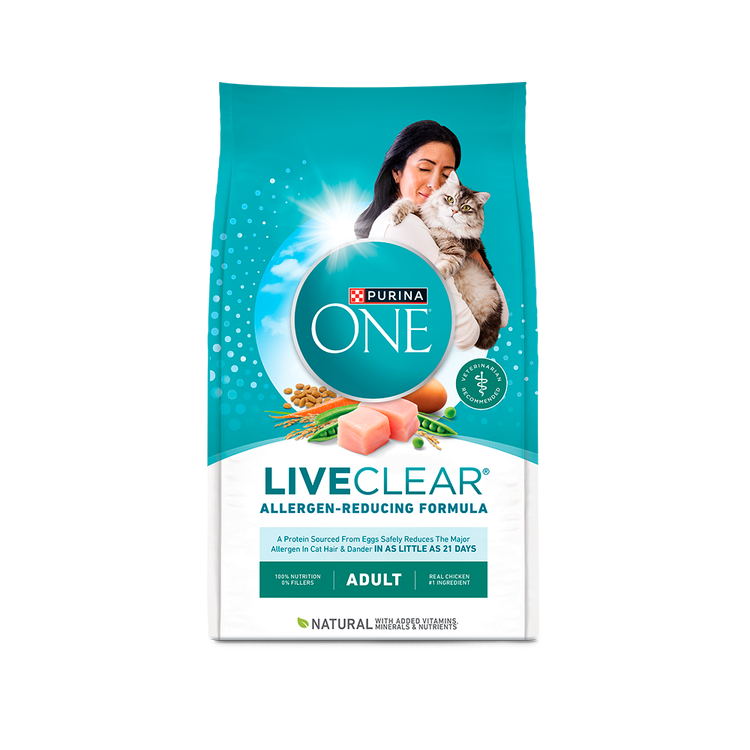Bombay

- Size:Medium, with males weighing 8 to 11 pounds and females weighing 6 to 9 pounds
- Coat:Short
- Color:Black
The Bombay is an easy-going, yet energetic cat. She does well in quiet apartments where she’s the center of attention as well as in lively homes with children and other pets. She’ll talk to you in a distinct voice, and you’re likely to find her in the warmest spot in your home, whether that’s in the sunlight from a window or curled up under the covers in bed with you.
Temperament
Bombays are smart and learn tricks quickly, so keep them entertained by teaching them new tricks and providing them interactive toys to play with.
Lifespan
12 to 16 years
Colors
Bombays have a dramatic and deep black coat. The black coat is dominant, but occasionally a litter produces a sable-colored kitten, and some associations permit these kittens to be registered as Burmese. Bombay eye color ranges from gold to copper.
Characteristics
Aside from her black coat, the Bombay resembles the Burmese. She has a larger and longer body, however, and longer legs. Her rounded head is topped with straight, wide-set, medium-sized ears and she has a medium-length tail.
History
Nikki Horner, a breeder from Louisville, KY, began developing the breed in the 1950s by crossing a sable Burmese with a black American Shorthair. The Cat Fanciers Association (CFA) recognized the Bombay in 1978 and it’s recognized by all cat associations today. Although outcrossing to black American Shorthairs and sable Burmese is still permitted, it’s done infrequently due to the breeds’ differences in body type.
Facts
- The Bombay was bred to resemble the black leopard found in India. Horner named the breed for the exotic port city where this wild feline is found.
- Many Bombays are entirely black, including their paw pads, which isn’t a common trait in other black cats.
Shedding
The tight-knit coat of Bombay cats means they shed very little. Regular petting and semi-weekly brushing removes loose hair and maintains the coat’s shine.
Health
One genetic disease Bombay cats carry a risk for is a craniofacial defect sometimes seen in newborn kittens. Responsible breeders do their best to avoid breeding cats who carry the gene for this fatal defect, however. Bombays may also be more prone to hypertrophic cardiomyopathy, excessive tearing of the eyes and respiratory issues due to their flat facial structure.
Choosing the Best Food for Bombay Cats
Your Bombay has a denser build than most cats, and her black satin coat hides weight gain well, so it’s crucial to monitor her food intake. To help your Bombay kitty maintain a healthy weight, consider a weight management cat food formula such as Purina Cat Chow Adult Healthy Weight or Purina ONE Healthy Metabolism.
Choosing the Best Food for Bombay Kittens
Bombay cats develop more slowly than other breeds and may not reach full maturity until they are 2 years old. To support your kitten’s growth and development during this time, feed her a complete and balanced kitten food like Purina Kitten Chow – Nurture or Purina ONE Healthy Kitten.
To explore other products for your Bombay Cat or kitten, see our Product Selector.


